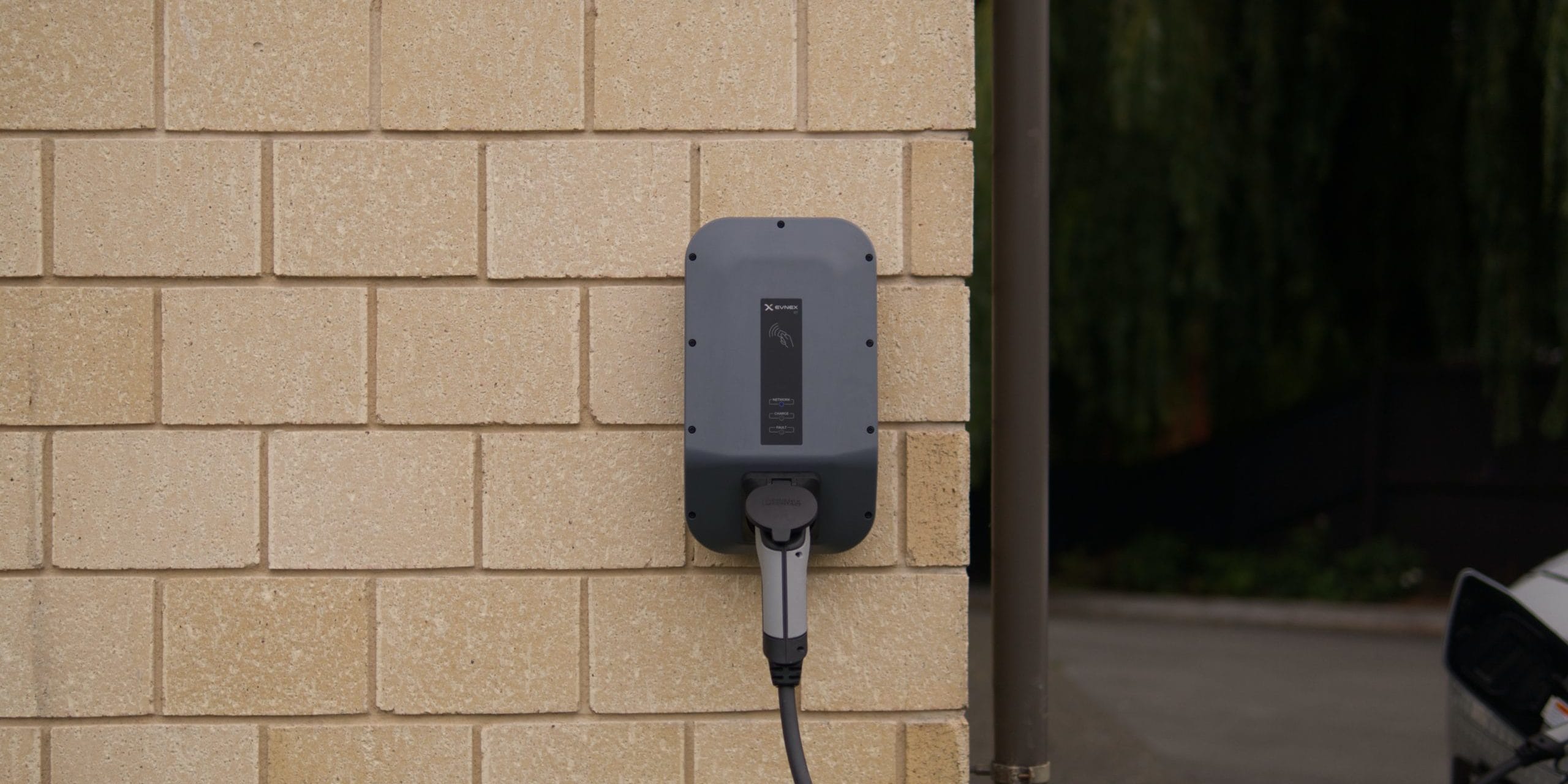- Home
- About us
- Products
- Dealer Enquiry
- Contact Us
- 044 -2486 1994
- +91 99623 98222
- sales@nantech.in
- REQUEST A QUOTE

EV chargers supply the electric energy required to recharge plugs in electric vehicles. Since EV chargers are mandatory, one has to bear in mind the requirements for purchasing an EV charger. The EV chargers supplied by Nantech match all the Chennai buyers' parameters to such an extent that they don't need to probe deep into the specifications of buying an EV charger. The following aspects should be taken into consideration while purchasing an EV charger.
If one can do the charging at night, it is preferable to buy a cheaper Level 2 charger and to take out the car fully charged before going out. Again the cost to charge an EV depends on the car model, size of the battery, and whether the charging is done at home, in public, or workplace. The two types of chargers are hardwired and plug-in. The former is set into a fixed position and is connected to the electric supply permanently, while the latter is connected to an outlet.
Since safety is the predominant aspect of buying a car, ensure that the charger purchased is safe for the car. All established manufacturers bear this in mind, and a Chennai manufacturer of EV specifically designs chargers considering this in mind.
One needs to measure the distance between parking and the spot to install the port to assess the cord length before purchasing a charger. It is always better to talk with an electrician and check the electrical system to get more idea about the installation process.
In a tethered charger, the charging device is attached to the cable itself, thereby making the charging process more smooth. Here the cable is attached to the unit itself, making it more convenient and easy for charging on transportation. Since most cars supply with the cable, purchasing an untethered charge makes sense as it is neater and requires less space than the tethered charger.
It is always better to purchase batteries that do not require a 25 AMP charging socket for charging. Chennai based companies provide batteries which can be charged in 10 AMP or 15 AMP household socket. Conventional charging takes more than 6 hours, whereas a 90-second battery swap saves time. This accelerates the technological process involved, thereby making the whole process informative.
After installation, one has to ensure that a compliance certificate is delivered. After making all arrangements and even then the charger breaks down, the electrician can be made accountable. The charger purchased should be checked at least once a year, and it should always be clean and protected.
EV Charger Buying Guide for 2021
Battery Swapping- The Promising Future of EV
POWER SOURCE OF THE FUTURE
Does Your EV Charging Station Have These Amenities?
Modular UPS Versus Conventional UPS: Differences Decoded
Uncovering the Game-Changing Benefits of Modular UPS Systems
Maximising Inverter Battery Performance: Key Factors to Consider
Role of UPS Systems in Critical Industries
Tamil Nadu Solar Power Subsidies: Everything You Need to Know
On-Grid vs. Off-Grid Solar Systems: The Ultimate Decision Guide